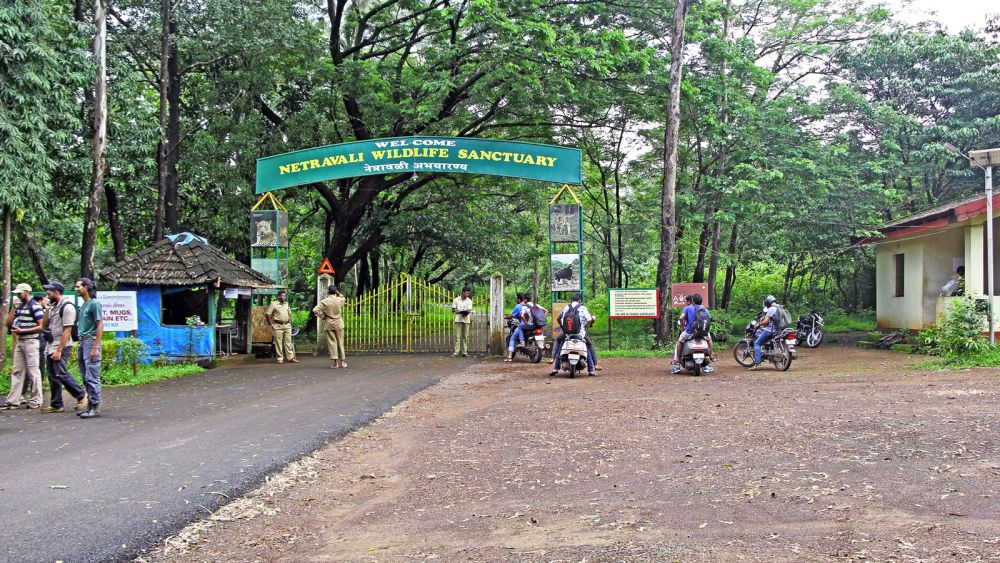

Netravali Wildlife Sanctuary, located in the verdant region of South Goa, has emerged as one of India's ecological hotspots. Named after the Netravali or Neturli, an important tributary of the Zuari River, the sanctuary covers an area of about 211 square kilometers and forms a vital part of the Western Ghats. It is renowned for its rich biodiversity, stunning landscapes, and the indigenous communities that have lived in harmony with nature for generations.
The history of tourism at Netravali Wildlife Sanctuary is closely intertwined with the broader development of eco-tourism in Goa. For many years, Goa has been synonymous with its sun-kissed beaches and vibrant nightlife. However, in recent decades, there has been a conscious effort by the state government and eco-conscious travelers to promote the lesser-known natural treasures of the region.
In the early 2000s, with an increased focus on conservation and sustainable tourism, Netravali Wildlife Sanctuary began to gain attention from conservationists and nature enthusiasts. The establishment of the sanctuary in 1999 was a response to the need to protect the endemic species and the fragile ecosystem of the Western Ghats.
Attractions like the spectacular waterfalls, sacred groves, and rare fauna like the slender loris and the great pied hornbill have slowly put Netravali on the map for those interested in biodiversity and nature trekking.
In line with global tourism trends, Netravali Wildlife Sanctuary has witnessed a growing interest in responsible and sustainable travel. Visitors are increasingly drawn to experiences that allow them to connect with nature and learn about the region's ecology and culture without causing harm to the environment.
One of the trends in recent years is bird watching, as the sanctuary is home to over 200 species of birds, making it a paradise for ornithologists and bird lovers. Wildlife photography and eco-friendly camping are also gaining popularity.
A unique phenomenon attracting tourists to Netravali is the presence of ‘bubble springs' or ‘budbudyanchem tali'. These natural bubbling ponds are a geological curiosity and have captivated the interest of both scientists and travelers alike.
Educational tours and conservation efforts are also part of the new wave of tourism in Netravali, with universities and research institutions often organizing field trips for their students.
Moreover, the Goan government's initiatives to promote homestays and community-based tourism have allowed visitors to have immersive cultural experiences while providing economic benefits to local residents.
In conclusion, Netravali Wildlife Sanctuary's tourism journey has evolved from obscurity to being a beacon of eco-tourism in India. With continued efforts in sustainable tourism practices, it stands as a testament to the coexistence of human interests and nature conservation.